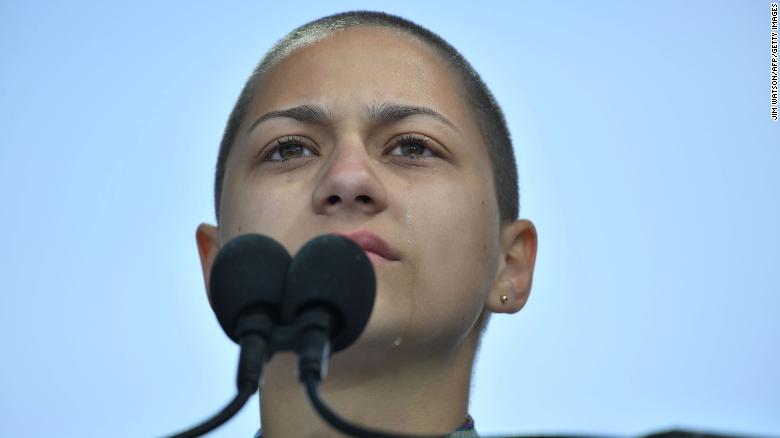This is how you feel when you
spend too long
in a car and really cannot find a comfortable position
for any length of time.
The ways we chose to propel ourselves from one place to another. Interesting. Rebecca Solnit has that great book about Ireland, A Book of Migrations. She writes (among many things) about walking across the West of Ireland, an area I am familiar with. I sometimes long to be there with such a fierceness that it surprises me. A part of me feels at home there.

Four years ago, on the train stuck somewhere around Pittsburg, I picked up a journal and started scrawling;
"Started my trip to DC yesterday. There is something about train travel that I find calming - it puts me in a certain state of mind. Maybe it is just the traveling period - but I don't think so. On a train you get the voyeuristic delight of passing through other peoples lives - whether it is their graffiti or the junk that they have accumulated in their backyards or the lights they leave on late at night as the train howls through their little town."
I do remember driving to this town with Janelle once. Making the decision to do so late one night - not calling our parents to say where we were until we had arrived. Janelle had an aunt that lived here Rita's sister I think. I remember parking on a street that was wayyy up and on a hill. I remember going to the door - and I remember someone opening the door. Funny I don't remember anything after that. Mostly I remember the heady freedom of doing it. Singing. Probably smoking pot. We just wanted an adventure.
Forty-some years later and I am l still loving the adventure.
I was looking at a 2003 copy of APERTURE this morning and saw this image by Don McCullin (taken in 1968). Perhaps this image struck me because I recently watched the AMERICAN MASTERS program about John Lennon. Or because I saw images of Paul McCartney at the March for Our Lives in NYC.
The image is prophetic down to the glasses, and has been described that way before - particularly when it was published in A DAY IN THE LIFE OF THE BEATLES.
I was married, living in Duluth when Lennon was killed (12/8/80) and remember calling my high school boyfriend - just because I wanted to hear his voice.
'One of My Best Friends Was Killed in Gun Violence.' Paul McCartney Honors John Lennon at March For Our Lives

Still processing.




































I respectfully disagree with both of them. There can be critique without insult. The mere fact of the making and exhibiting of "Eggs Benedict" does not demean the charitable outreach of anyone or of any believer - it merely speaks to the complications that everyone on the planet carries within them. It opens the doors to discussion, it points out flawed thinking.
The idea that "Catholics know our faith does not change to fit our lifestyle" is also mistaken. Even a cursory examination of the history of the church (which is all I can claim) shows us that it is always evolving.
Margaret Farley gives a succinct overview of some of this history:
The Vatican has denounced Farley for attempting to present a theological rationale for same-sex relationships, but I would throw my lot in with Farley any day. As Professor Emerita of Christian Ethics at Yale, Farley has written about marriage, divorce, AIDS and sex with a clarity and moral wisdom that is sadly lacking in the hierarchy of the church.
In this, Joe Pabst was right on the money when he said:
It can also be a call to action - and to that end - here is the information for the 2015 AIDS WALK, which will be Saturday, October 3.